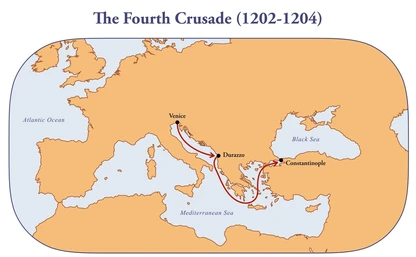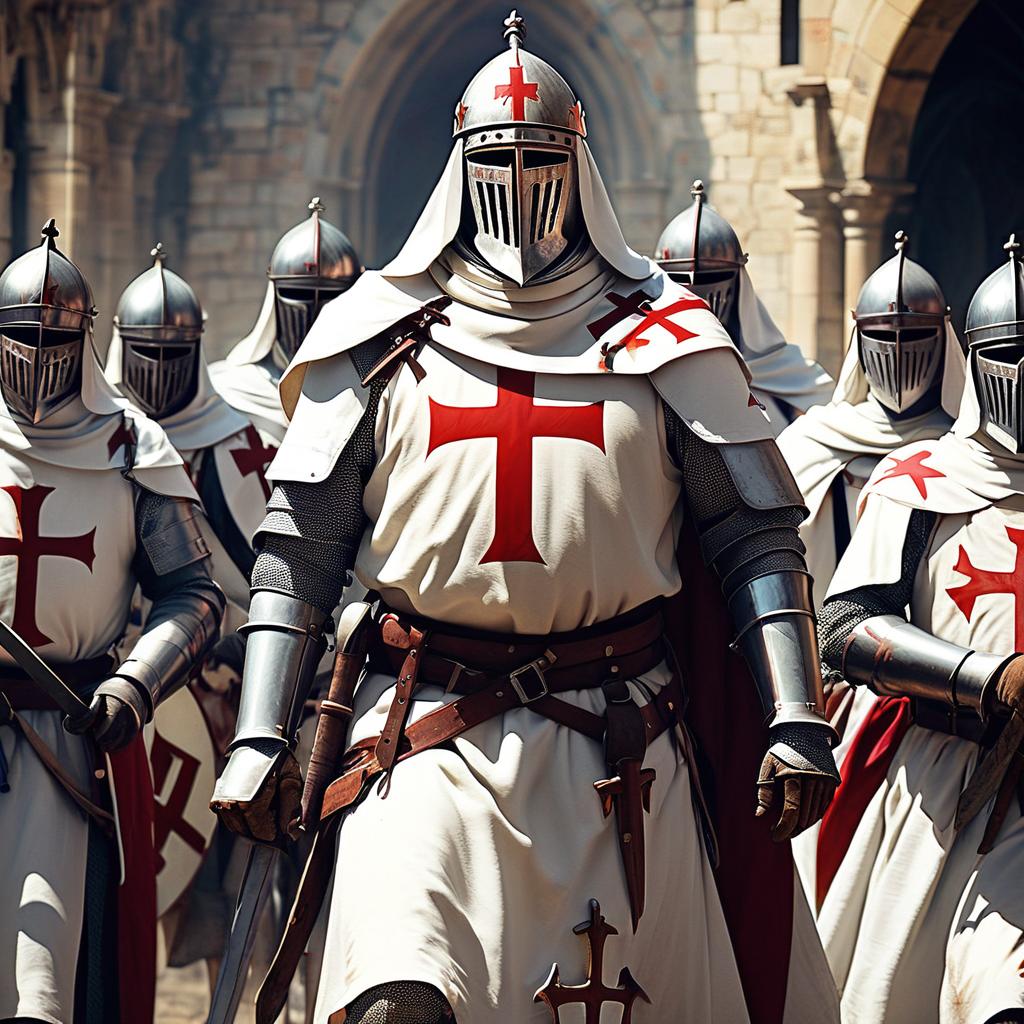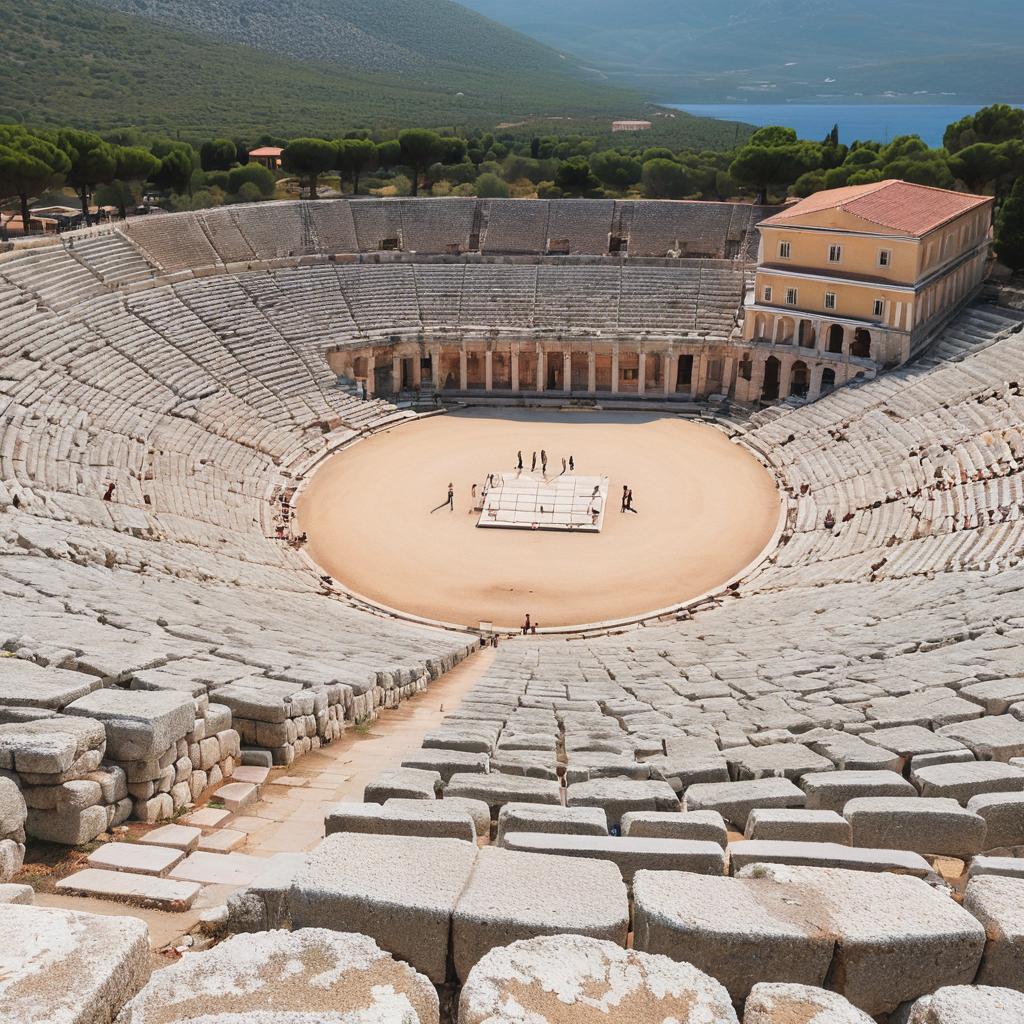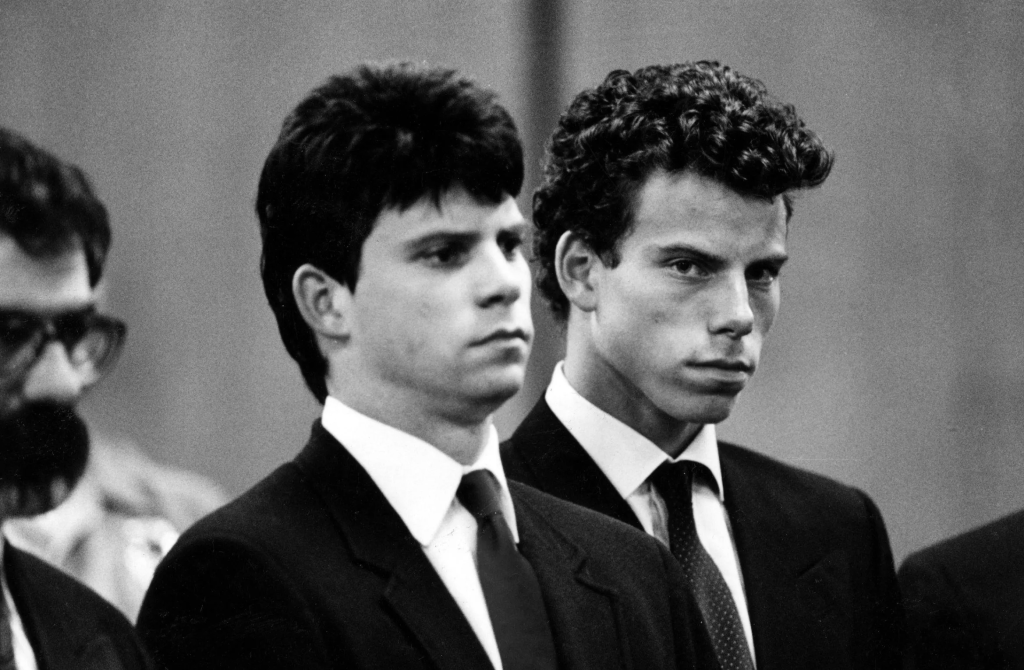Step back into the tumultuous tapestry of medieval Europe, where the clash of swords echoed with religious fervour and political ambition. Join me on a journey to unravel the enigma of the Fourth Crusade, a saga rife with intrigue, betrayal, and dramatic divergence from its intended path.
- Historical Context
- Key Figure
- The Knights Templar
- The Siege of Zara
- The Seige Of Constantinople
- Controversies And Failures
- Legacy
- Making It Simple
Historical Context

In the late 12th and early 13th centuries, Europe was a patchwork of feudal kingdoms and burgeoning city-states, where power dynamics were as intricate as they were volatile. The backdrop of the Fourth Crusade finds its roots in the broader context of the Crusades, a series of religiously sanctioned military campaigns initiated by the Latin Church.
At the forefront of European consciousness lay the Holy Land, particularly Jerusalem, revered by Christians as the site of Christ’s crucifixion and resurrection. Since the 11th century, waves of Christian pilgrims journeyed to these sacred sites, often encountering hostility from Muslim rulers who controlled the region.
Against this backdrop of religious fervour, Pope Innocent III issued a call to arms in 1198, rallying European nobles and commoners alike to embark on a holy mission: the reconquest of Jerusalem from Muslim control. The Fourth Crusade, like its predecessors, was not just a military campaign but a complex interplay of religious devotion, political manoeuvring, and economic interests. It was a time when the aspirations and anxieties of medieval society were laid bare, and the promise of spiritual salvation and material reward was used to rally the masses.
Yet, the religious zeal that fuelled the Crusades was interwoven with complex political agendas and economic interests. The Byzantine Empire, a Christian bastion that straddled Europe and Asia Minor, held strategic significance as a gateway between East and West. Venetian merchants, in particular, eyed the riches of Byzantium and sought to bolster their commercial dominance in the region.
As European armies assembled and set forth on their journey, the stage was set for a collision of crusading idealism, geopolitical manoeuvring, and personal ambition. It is within this rich tapestry of historical context that the Fourth Crusade unfolded, leaving an indelible mark on the annals of history and sparking centuries of debate and controversy.
Key Figure

Pope Innocent III
As the spiritual leader of Western Christendom, Pope Innocent III played a pivotal role in instigating the Fourth Crusade. It was his passionate call to arms in 1198 that galvanised European rulers and knights to take up the cross and embark on a holy mission to reclaim Jerusalem from Muslim control. Although not a direct participant in the Crusade itself, his influence and authority set the stage for the tumultuous events that followed.
Enrico Dandolo
Enrico Dandolo, the Doge of Venice, emerged as a key figure in shaping the trajectory of the Fourth Crusade. Under his leadership, Venice brokered a lucrative agreement with the Crusaders, offering naval support and logistical assistance in exchange for their aid in capturing the rebellious city of Zara. Dandolo’s strategic insight and diplomatic prowess would later prove instrumental in redirecting the Crusade towards Constantinople, where the riches of the Byzantine Empire awaited.
Boniface of Montferrat
Boniface of Montferrat, a seasoned knight and nobleman from Northern Italy, assumed a prominent role in the leadership of the Fourth Crusade. As one of the principal architects of the diversion to Constantinople, Boniface forged alliances with Byzantine factions and advocated for the Crusaders’ ambitious campaign to seize the Byzantine capital. His military expertise and political astuteness played a crucial role in the success of the Crusaders’ venture into the heart of the Byzantine Empire.
Alexios IV Angelos
Alexios IV Angelos, the deposed Byzantine prince, emerged as a controversial figure in the drama of the Fourth Crusade. Promising the Crusaders generous financial rewards and military support in exchange for his restoration to the Byzantine throne, Alexios IV appealed to their sense of opportunism and greed. However, his reign was short-lived and marred by internal strife and betrayal, ultimately leading to his downfall and the sacking of Constantinople.
Baldwin of Flanders
Baldwin of Flanders, a French nobleman, ascended to prominence in the aftermath of the Fourth Crusade’s conquest of Constantinople. Proclaimed as the first Latin Emperor of Constantinople, Baldwin sought to establish a new Christian empire in the heart of the Byzantine realm. His reign symbolised the triumph of Crusader ambition and the fragmentation of the Byzantine Empire. Still, it also marked the beginning of a tumultuous and precarious chapter in the history of the Eastern Mediterranean.
These key figures, each with their ambitions, alliances, and agendas, shaped the course of the Fourth Crusade and left an indelible mark on the history of medieval Europe and the Byzantine Empire.
The Knights Templar

The involvement of the Knights Templar in the Fourth Crusade was both significant and controversial, reflecting their complex role in medieval society. As stalwart defenders of Christendom, the Templars were initially enthusiastic supporters of the Crusade’s mission to recapture Jerusalem from Muslim control. Many Templar knights eagerly joined the ranks of the Crusader armies, drawn by a potent mix of religious fervour and martial duty.
However, as the Fourth Crusade unfolded, the Templars found themselves embroiled in the intricate web of political intrigue and financial manipulation that diverted the campaign from its intended target. The Venetian Republic, a key ally of the Crusaders, struck a lucrative deal with the leaders of the Crusade, promising transport and provisions in exchange for military assistance in capturing the Byzantine city of Zara.
The involvement of the Templars in the diversion to Zara underscores the pragmatic alliances and compromises that characterised medieval warfare. While ostensibly fighting for the cause of Christendom, the Templars, like other Crusaders, were not immune to the allure of wealth and power. Their participation in the siege of Zara, a Christian city, would later raise moral and ethical questions about the legitimacy of their actions.
Moreover, the Templars’ role in the Fourth Crusade became further entangled when the campaign took an unexpected turn towards Constantinople, the capital of the Byzantine Empire. As the Crusaders sought to secure funds and support for their venture, they forged alliances with disaffected Byzantine factions, including members of the aristocracy and clergy.
The Templars’ presence in the Crusader ranks lent legitimacy and military prowess to the enterprise, but their actions also fuelled accusations of treachery and betrayal. The sack of Constantinople in 1204, orchestrated by the Crusaders, including Templar knights, dealt a devastating blow to the Byzantine Empire and shattered the unity of the Christian world.
In the aftermath of the Fourth Crusade, the Templars, like their fellow Crusaders, faced scrutiny and condemnation for their role in the events that unfolded. While some historians argue that the Templars were unwitting pawns in a larger political game, others contend that they were active participants in the machinations of power and ambition that defined the era.
Ultimately, the Templars’ involvement in the Fourth Crusade remains a contentious and debated chapter in their storied history, highlighting the complexities and contradictions of medieval chivalry and religious warfare.
The Siege of Zara
The Siege of Zara stands as a pivotal episode in the narrative of the Fourth Crusade, marking the moment when the Crusaders’ noble quest for Jerusalem took a fateful detour. In 1202, the Crusader armies, bolstered by Venetian naval support under Doge Enrico Dandolo, arrived at the Adriatic port city of Zara, then under Hungarian rule. What followed was a controversial decision that would sow discord among the Crusaders and set the stage for future betrayals.
At Zara, the Crusaders faced a moral dilemma: the city, though Christian, was a fellow ally of the Catholic Church and not a legitimate target for conquest. However, the Venetians, seeking to recoup debts owed to them by the Crusaders, urged an assault on Zara, citing the city’s defiance of Venetian authority and its strategic importance.
Despite protests from some Crusader leaders, notably Simon de Montfort, the temptation of Venetian gold and the pressing need for provisions prevailed. In November 1202, the Crusaders launched a devastating assault on Zara, breaching its walls and subjecting its inhabitants to pillage and plunder. The fall of Zara marked a moral compromise for the Crusaders, as they turned their swords against fellow Christians in pursuit of material gain.
The Siege of Zara not only tarnished the reputation of the Crusaders but also strained relations within their ranks. The decision to attack a Christian city sowed seeds of discord and mistrust among the Crusaders, foreshadowing the fractious events that would later unfold in Constantinople.
Moreover, the conquest of Zara incurred the wrath of Pope Innocent III, who had expressly forbidden any attack on Christian territories. In response to the Crusaders’ actions, the Pope excommunicated the leaders of the expedition, condemning their deviation from the holy cause of reclaiming Jerusalem.
The Siege of Zara serves as a cautionary tale of the moral compromises and political intrigues that often accompany the fervour of religious crusades. It underscores the complexity of medieval warfare, where alliances shift and ethical boundaries blur in the pursuit of power and glory. As the Crusaders set sail for the East, their conquest of Zara would cast a long shadow over the remainder of their journey, shaping the course of the Fourth Crusade and the destiny of empires.
The Seige Of Constantinople
The Siege of Constantinople in 1203-1204 stands as one of the most dramatic and consequential events of the Fourth Crusade, marking the climax of the Crusaders’ controversial campaign and the fall of one of the greatest cities of the medieval world.
After the diversion to Zara and subsequent excommunication by Pope Innocent III, the Crusaders found themselves in need of both resources and a new target. Through intricate political manoeuvring and alliances with disaffected Byzantine factions, particularly the deposed prince Alexios IV Angelos, they set their sights on Constantinople, the jewel of the Byzantine Empire.
In April 1203, the Crusader fleet, alongside Venetian ships, descended upon Constantinople, bristling with trebuchets, siege engines, and the determination to claim the city. The defenders of Constantinople, led by Emperor Alexios III Angelos, mounted a brave resistance, but internal discord and dwindling resources weakened their resolve.
Amidst the chaos of the siege, a coup within Constantinople saw the rise of Alexios IV Angelos to the throne, fulfilling the Crusaders’ promise of support in exchange for his restoration. However, his reign was short-lived, and his inability to fulfil the Crusaders’ demands for payment and provisions soured their alliance.
As tensions reached a boiling point, the Crusaders launched a full-scale assault on Constantinople in April 1204. Despite the city’s formidable defences, breaches were made in its walls, and the Crusaders poured into the streets, unleashing a torrent of violence, pillage, and destruction. The sack of Constantinople, lasting three days, was marked by atrocities against its inhabitants, the plundering of its treasures, and the desecration of its churches and monuments.
The fall of Constantinople to the Crusaders marked the end of the Byzantine Empire’s dominance in the Eastern Mediterranean and the beginning of a new chapter in the city’s history. The Latin Empire, established in the aftermath of the conquest, would endure for over half a century. Still, the scars of the Fourth Crusade left a lasting legacy of bitterness and resentment among Orthodox Christians and Byzantine loyalists.
The Siege of Constantinople remains a symbol of the darker aspects of medieval warfare, where religious fervour, political ambition, and greed converged to shatter empires and reshape the course of history. It stands as a cautionary tale of the consequences of unchecked aggression and the fragility of alliances forged in the crucible of war. As the dust settled on the ruins of Constantinople, the Fourth Crusade left an indelible mark on the collective memory of Europe and the Byzantine world, forever altering the geopolitical landscape of the medieval East.
Controversies And Failures
The Fourth Crusade is steeped in controversy and remembered as a campaign that went disastrously off course, diverging from its intended mission to recapture Jerusalem and instead culminating in the sacking of Constantinople. Several factors contributed to the controversy and the ultimate failure of the Fourth Crusade:
The most glaring controversy of the Fourth Crusade was its diversion from its original goal of liberating Jerusalem. Instead, the Crusaders were swayed by political alliances and financial incentives, leading to the conquest of Christian cities like Zara and, ultimately, Constantinople. This deviation from the crusading ideal of reclaiming the Holy Land eroded the moral legitimacy of the campaign and drew condemnation from both contemporary observers and later historians.
The Venetian Republic played a pivotal role in orchestrating the diversion of the Fourth Crusade. Doge Enrico Dandolo’s shrewd diplomacy and financial enticements persuaded the Crusaders to veer off course towards targets that served Venetian interests rather than the religious objectives of the Crusade. The Venetians’ pursuit of economic gain at the expense of the Crusade’s sacred mission contributed to the campaign’s moral ambiguity and eventual downfall.
Disunity and discord among the Crusaders themselves further undermined the cohesion and effectiveness of the campaign. Rivalries between leaders, conflicting agendas, and disputes over strategy and resources plagued the Crusader ranks, weakening their ability to mount a unified and coherent military effort. This internal fragmentation left the Crusaders vulnerable to manipulation and exploitation by external actors, exacerbating the chaos and confusion that ultimately led to the campaign’s failure.
The Byzantine Empire, torn by internal strife and external threats, became embroiled in the machinations of the Fourth Crusade. The promise of Byzantine support and financial assistance, epitomised by the brief reign of Alexios IV Angelos, proved to be a double-edged sword. Byzantine political intrigues, coupled with the Crusaders’ ambitions and demands, sowed seeds of distrust and betrayal that ultimately culminated in the violent conquest and sack of Constantinople.
The actions of the Crusaders during the Fourth Crusade, including the sack of Christian cities like Zara and Constantinople, raised profound ethical and moral questions. The plunder, violence, and blasphemy unleashed upon fellow Christians cast a shadow over the Crusaders’ professed piety and chivalry, tarnishing their reputation and drawing condemnation from contemporary religious authorities.
In summary, the controversy and failure of the Fourth Crusade can be attributed to a complex interplay of political intrigue, economic interests, internal discord, and ethical compromises. The campaign’s departure from its sacred mission, coupled with the violence and betrayal that characterised its course, underscores the darker realities of medieval warfare and the complexities of religious crusading in the medieval era.
Legacy
The legacy of the Fourth Crusade is multifaceted, leaving a lasting impact on the history, culture, and geopolitics of medieval Europe and the Eastern Mediterranean.
The Fourth Crusade deepened divisions within Western Christendom and strained relations between the Latin Church and the Orthodox Church. The sack of Constantinople and the establishment of the Latin Empire fractured the unity of the Christian world, leading to centuries of mistrust and hatred between Catholic and Orthodox Christians.
The conquest and plunder of Constantinople dealt a devastating blow to the Byzantine Empire, hastening its decline and paving the way for the rise of new powers in the Eastern Mediterranean. The loss of its capital city weakened Byzantine authority and accelerated the fragmentation of its territories, ultimately contributing to the empire’s eventual collapse in 1453.
The Venetian Republic emerged from the Fourth Crusade as a dominant maritime power in the Mediterranean, consolidating its control over key trade routes and territories. Venice’s role in diverting the Crusade and profiting from its aftermath bolstered its economic and political influence, shaping the course of European commerce and diplomacy for centuries to come.
Despite its controversial and destructive nature, the Fourth Crusade facilitated cultural exchange and interaction between East and West. The Crusaders’ encounter with Byzantine civilisation exposed them to new ideas, technologies, and artistic traditions, leaving a lasting imprint on European culture and intellectual thought.
The Fourth Crusade forced contemporaries to reckon with the contradictions and moral ambiguities of crusading ideology. The deviation from the Crusade’s sacred mission and the violence perpetrated against fellow Christians sparked debate and criticism within medieval society, prompting a reassessment of the ethical and religious justifications for holy war.
The Fourth Crusade remains a potent symbol of the complexities and controversies of medieval crusading. Its legacy continues to be debated by historians and scholars, who grapple with questions of motive, responsibility, and historical interpretation. The campaign’s deviation from its intended course and its violent repercussions serve as a cautionary tale of the dangers of unchecked ambition and the perils of religiously motivated conflict.
In conclusion, the legacy of the Fourth Crusade is a testament to the enduring impact of medieval warfare and the intricate interplay of religious, political, and cultural forces in shaping the course of history. Its consequences reverberated far beyond the medieval era, leaving an indelible mark on the collective memory of Europe and the Eastern Mediterranean.
Making It Simple
- Fourth Crusade: 1202-1204, one of the most controversial and diverted crusades in history.
- Aimed to recapture Jerusalem from Muslim control, sanctioned by Pope Innocent III.
- Deviated from its original goal due to financial debts and political intrigues.
- Diversion led to the sack of Christian cities like Zara and, ultimately, Constantinople.
- The Venetian Republic played a significant role, offering naval support in exchange for capturing Zara.
- Crusaders formed alliances with Byzantine factions, promising support for Alexios IV Angelos to reclaim the Byzantine throne.
- Alexios IV’s reign was short-lived, leading to internal strife and betrayal.
- The siege of Constantinople in 1203-1204 was marked by breaches, violence, and three days of pillage.
- Legacy: Fragmentation of Christendom, decline of Byzantine Empire, rise of Venetian power, reassessment of crusading ideals, enduring controversy.
If you liked this post, here are some more worth checking out!





Leave a comment